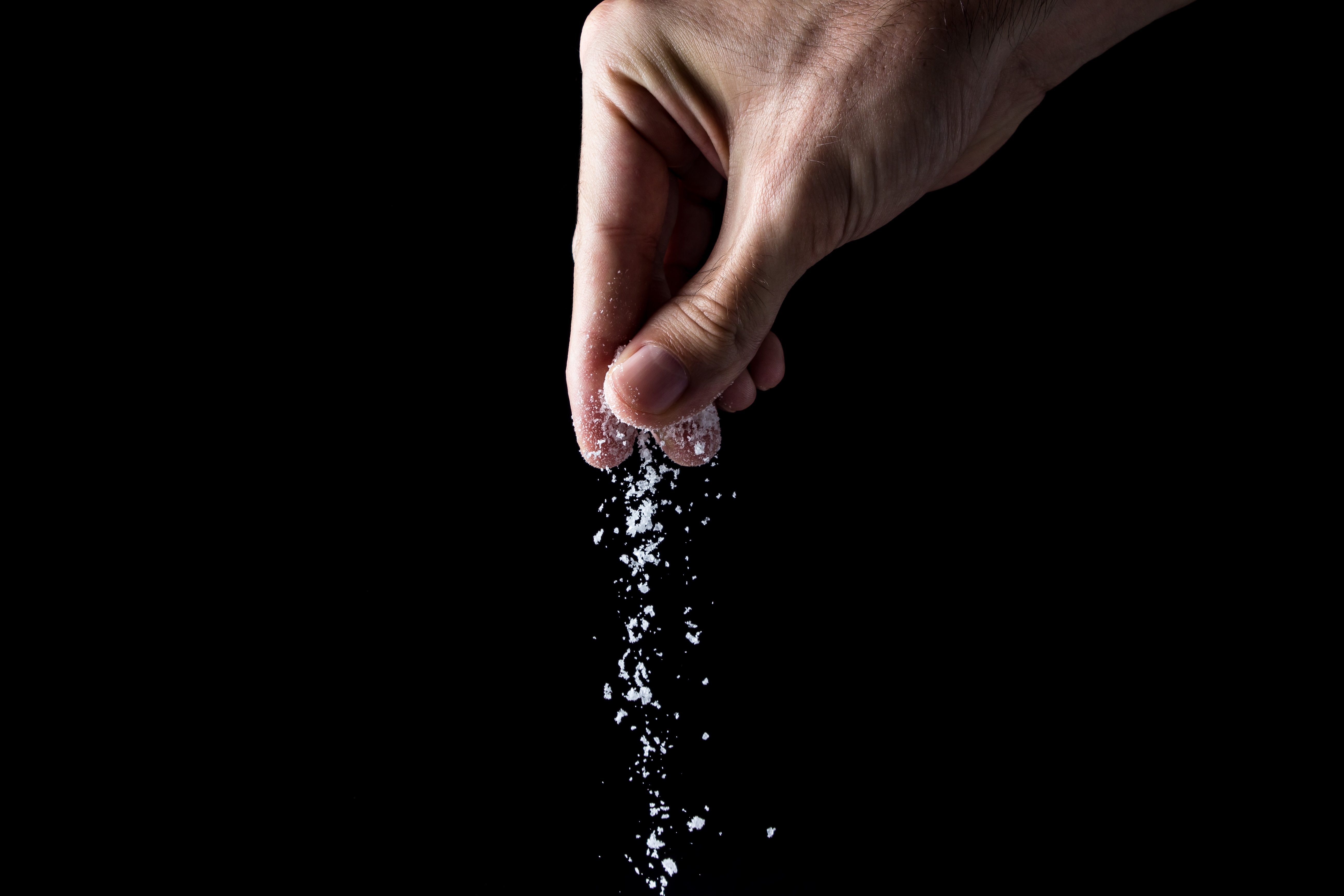
In the latest of the IOE&IT Daily Update’s look at global commodities we turn our attention to a savoury good that brings flavour to our lives: salt.
Salt – chemically classified as sodium chloride (or NaCl) – is a nutrient vital to human life and a regular part of our daily diet.
The first recorded production of salt is estimated at around 6,000 BCE in Romania, and since then it has been an important and valuable commodity.
The word ‘salary’ comes from Latin for salt, hence the term “worth one’s salt” when referring to someone’s value.
Early history
Salt was an important part of early British trade, with the Romans establishing saltworks in places such as Middlewich and Nantwich, near pre-existing Celtic sites.
In medieval times, towns such as Worcestershire and Cheshire developed their own saltworks to satisfy a rising domestic need.
Today, the Worshipful Company of Salters – a Great Livery Company founded by salt merchants – remains an active part of the City of London’s rich history and is 9th in order of precedence.
Use and abuse
In addition to its use in cooking, salt has widespread use in preserving and disinfecting food, and is also used in the petroleum and chemical industries, as well as water treatment and textiles.
As sodium chloride is a key component of de-icing products, it plays an underrated role in international trade by keeping road transport lanes open during periods of icy weather.
The greatest single use for salt is as a feedstock, or raw material, in the production of industrial chemicals.
Widespread
Because salt is relatively widespread and easy to produce, it can be a valuable resource for emerging economies like Ghana.
The world’s biggest salt producers (1,000 metric tons – 2022) are:
China 64,000
India 45,000
USA 42,000
Germany 15,000
Australia 13,000
Production
There are three methods of producing salt.
Rock salt can be mined from the ground – this is mainly used for ‘gritting’ roads in winter.
Solution mining extracts salt by pumping water into underground salt deposits to create a brine solution. This solution is then evaporated to produce white table salt and salt for food manufacturers.
In hot countries, brine evaporation takes place outside in large salt pans where the sun does the work. This process is known as solar salt production. In the UK, sea salt is produced using a similar method but with the brine evaporated in salt pans over flames.
The cost of salt can vary widely depending on its method of production, reports the Canadian Mining Journal.
Although salt deposits are more widespread than most and relatively cheap to extract, transportation and processing costs can be substantial due to its bulky nature.
The UK is a relative minnow with production of 2,800,000 tons but is relatively self-sufficient in table salt. However, it does import salt for gritting its roads.
Low value
According to the OEC, in 2020, salt was the world’s 599th most traded product, with a total trade of $3.26bn, down by 7.63%, from $3.53bn the previous year.
Trade in salt represent 0.019% of total world trade.
Exports
In 2021 the top exporters of salt were:
Netherlands $382m
Germany $331m
Canada $243m
Spain $236m
US $204m
Imports
In 2021 the top importers were:
US $825m
Japan $332m
China $293m
Germany $233m
South Korea $215m
Rain hits production
Although widely available, salt production in India - the world’s second largest producer - has been hit recently by severe weather and labour problems, causing prices to almost double.
Around 200 salt pans, which produce salt by evaporating seawater, have closed in the western Indian state of Goa due to a combination of unseasonal weather and labour shortages. And The Times of India reports this has crippled salt production in other areas as well.
Salt in food
However, the global salt industry could be threatened by a worldwide effort to tackle health problems associated with over-consumption of sodium.
There is widespread international concern about salt consumption in diets, as it is linked to high blood pressure, which can lead to heart disease and strokes.
Research from Action on Salt claims that just one slice of bread is typically saltier than a packet of ready salted crisps.
The World Health Organization has announced a consultation on guidelines for the use of salt alternatives and companies are exploring their options, including firms developing new forms of yeast extract.



